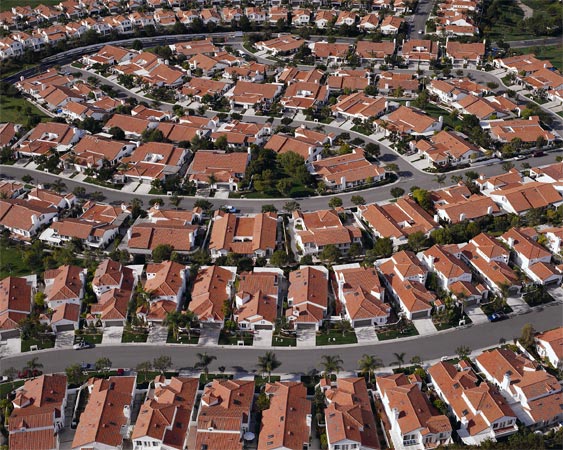
As the debate over SB 50 and other state legislative efforts to boost California’s housing supply heats up, it’s worth reviewing some of the data about how dire the housing situation is in the state. Here are some tidbits:
High Home Prices and Rents:
- According to the California Legislature’s Legislative Analysts Office, the average California home costs about two-and-a-half times the average national home price, at $440,000 (and much higher in major metro areas). This price divergence began in the 1970s, when California home prices went from 30 percent above U.S. levels in 1970 to more than 80 percent higher by 1980.
- Per the California Department of Housing and Community Development (HCD), the majority of California renters (more than 3 million households) pay more than 30 percent of their income toward rent, while nearly one-third (more than 1.5 million households) pay more than 50 percent of their income toward rent.
- Per a Hope Center for College, Community, and Justice study, 19% of community college students in California are homeless, while 60% are considered “housing insecure.”
- Almost one-quarter of all homeless people in the country live in California, according to federal data.
Extreme Housing Shortage Relative to Demand:
- California ranks 49th among all U.S. states in housing units per resident, behind only Utah, where residents tend to have large families in single homes, per a 2016 McKinsey study. The McKinsey analysis showed that California has 358 homes per 1,000 people, whiles comparable states like New York and New Jersey have more than 400 homes per 1,000 residents.
- HCD calculated that the state needs to build 180,000 additional homes annually, but over the last ten years housing production has averaged fewer than 80,000 new homes each year (and is currently declining).
Local Zoning is a Key Barrier:
- While the 2016 McKinsey study presented a goal of 3.5 million units needed to address the shortage and stabilize prices, UCLA’s Lewis Center found that California cities and counties currently only zone for a combined 2.8 million new housing units. And many of these zoned parcels are located in rural areas far from jobs, which is not where housing is needed.
- The New York Times recently mapped the local zoning in some major cities and found that 75 percent of Los Angeles and 94 percent of San Jose is zoned exclusively for single-family homes.
- UC Berkeley’s Terner Center documented via a statewide survey of local governments that in two-thirds of California’s cities and counties, multifamily housing (i.e. apartments) is allowed only on less than 25 percent of the available land.
- The Terner Center similarly showed that fully one-half to two-thirds of all land in California is reserved exclusively for single family homes.
- In 1933, according to University of Texas’s Andrew Whittemore, less than 5 percent of Los Angeles’ zoned land was restricted exclusively restricted for single-family homes. By 1970 though, half of the land in Los Angeles was zoned only for single family residences, per UCLA’s Greg Morrow.
- Morrow noted that zoning in Los Angeles went from allowing up to 10 million residents in 1960 to 3.9 million residents by 1990.
Local Permitting Processes Remain a Major Barrier:
- The Terner Center estimated that local permit and impact fees on new units average $150,000 per unit.
- Environmental review under the California Environmental Quality Act (CEQA), triggered when local governments make permitting decisions discretionary as opposed to ministerial, ranked as the ninth biggest barrier to housing overall, according to the Terner Center survey of planners.
- The Rose Foundation found that CEQA litigation affects fewer than 1 out of 100 projects not already exempt from the law, while litigation has been steady at about 195 lawsuits per year on average since 2002.
These numbers on California’s housing crisis show not only the human cost of the shortage, but the need for a strong policy response to fix the governance system that exacerbates the problem. We’ll see if this legislative session brings any change.


